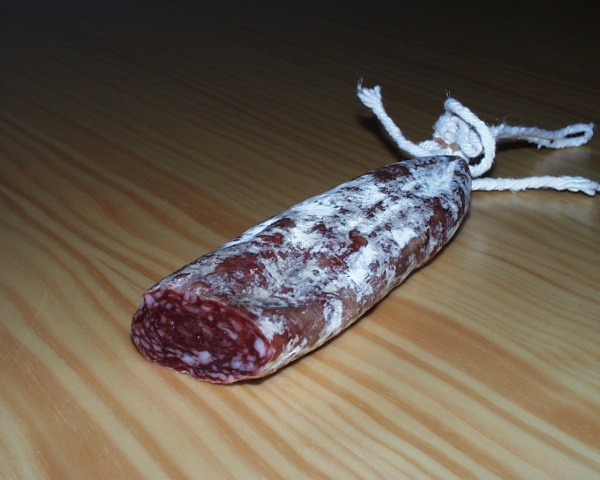Facts About Longaniza
Longaniza is a type of Spanish sausage akin to chorizo and closely related to Portuguese linguiça. This versatile sausage exhibits variations and interpretations based on regional preferences, making it a cherished ingredient in diverse cuisines worldwide, including those of Spain, Argentina, Uruguay, Puerto Rico, the Dominican Republic, El Salvador, Mexico, Chile, and the Philippines. In the Philippines, it is known as longganisa, and it boasts numerous variants that reflect the country's diverse ethno-linguistic groups.
In Spain, longaniza is a long, thin sausage known as salchichón. Unlike chorizo, it incorporates black pepper instead of paprika and occasionally includes spices such as nutmeg. In Argentina and Uruguay, longaniza is a long, cured, and dried pork sausage seasoned with ground anise seeds. In Chile, it holds a staple status at barbecues and is often savored as choripán, a beloved street food.
Mexican longaniza distinguishes itself as spicier than chorizo. It is frequently mixed with eggs and served with tortillas for a delightful meal. Puerto Rican longaniza can be made from pork, chicken, or turkey and is flavored with annatto seeds, imparting a distinct taste. In the Dominican Republic, the sausage is prepared with bitter oranges, garlic, oregano, and salt, providing a unique tangy flavor.
The Philippines offers a vast array of longganisa variants, each with its unique flavor profile. These can range from sweet to garlicky and are made from pork, chicken, beef, or even tuna. Prominent regional varieties include Vigan longganisa, Alaminos longganisa, and Chorizo de Cebu. Some are fashioned into links, while others are sold as skinless sausages. Pampanga longganisa is among the most commercially popular types. Filipino longganisa is typically seasoned with local spices and colored with achuete seeds, making each regional variant distinct with its unique taste and ingredients.

 Haiti
Haiti